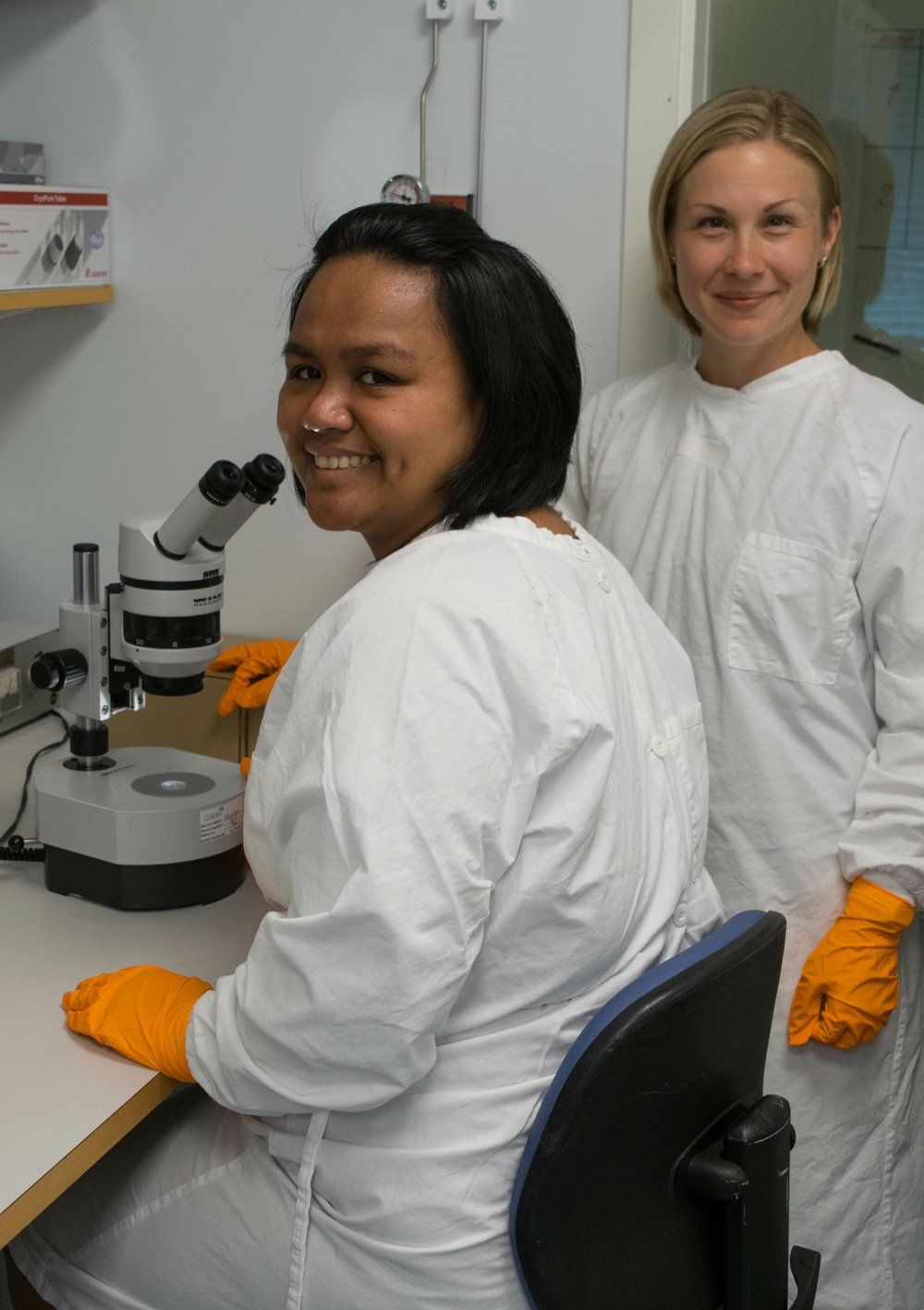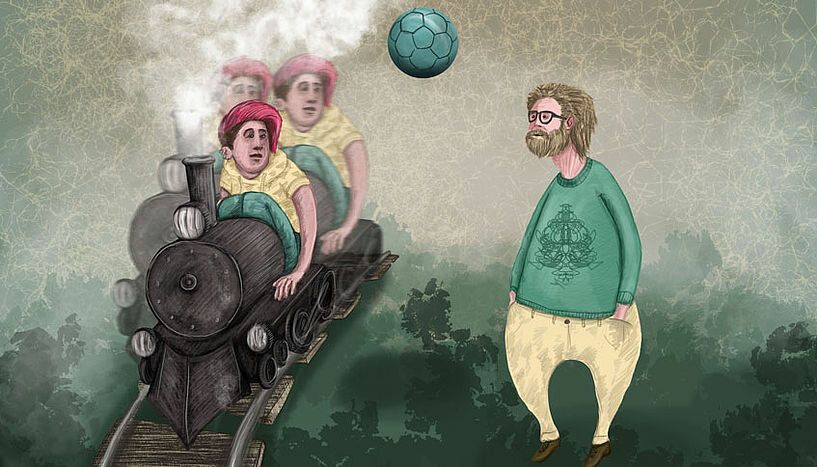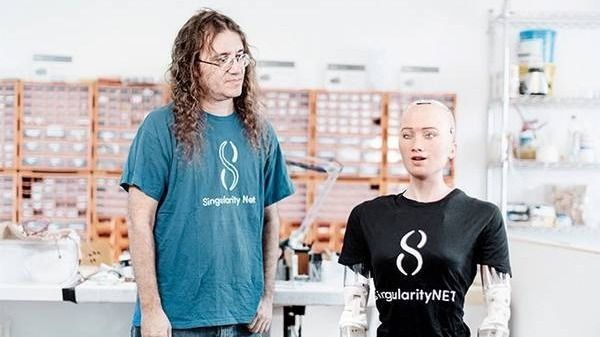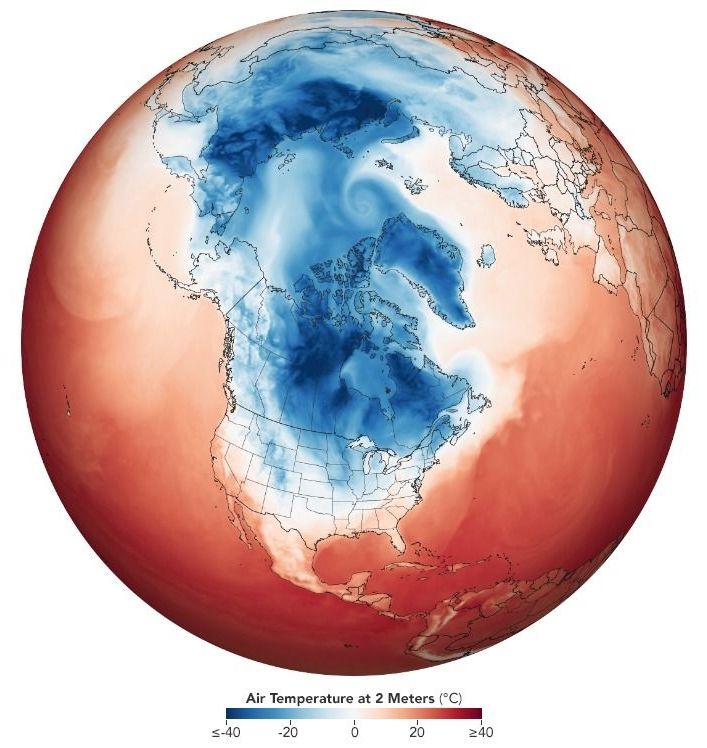Page 9168
Jan 30, 2019
Industrial chemicals pass from mother to fetus throughout pregnancy
Posted by Xavier Rosseel in categories: biotech/medical, food, neuroscience
In a study published in Environment International researchers at Karolinska Institutet in Sweden show how PFAS industrial chemicals, which are used in many consumer products, pass through the placenta throughout pregnancy to accumulate in fetal tissue. Further research is now needed to ascertain the effect that highly persistent PFAS chemicals have on the fetus.
The PFAS (perfluoroalkyl substances) group comprises thousands of human-made chemicals, which, thanks to their water- and grease-resistant properties, are used in everything from frying pans and food packaging to clothes, cleaning agents and firefighting foams.
“We’ve focused on six of these PFAS substances and found that all appear to the same extent in fetal tissue as in the placenta,” says Richelle Duque Björvang, doctoral student at the Department of Clinical Science, Intervention and Technology, Karolinska Institutet. “So when the baby is born, it already has a build-up of these chemicals in the lungs, liver, brain, and elsewhere in the body.”
Continue reading “Industrial chemicals pass from mother to fetus throughout pregnancy” »
Jan 30, 2019
How does a quantum particle see the world?
Posted by Xavier Rosseel in categories: particle physics, quantum physics, transportation
Researchers at the University of Vienna study the relevance of quantum reference frames for the symmetries of the world.
According to one of the most fundamental principles in physics, an observer on a moving train uses the same laws to describe a ball on the platform as an observer standing on the platform – physical laws are independent on the choice of a reference frame. Reference frames such as the train and the platform are physical systems and ultimately follow quantum-mechanical rules. They can be, for example, in a quantum state of superposition of different positions at once. So, what would the description of the ball look like for an observer on such a “quantum platform”? Researchers at the University of Vienna and the Austrian Academy of Sciences proved that whether an object (in our example, the ball) shows quantum features depends on the reference frame. The physical laws, however, are still independent of it. The results are published in Nature Communications.
Physical systems are always described relative to a reference frame. For example, a ball bouncing on a railway platform can be observed either from the platform itself or from a passing train. A fundamental principle of physics, the principle of General Covariance, states that the laws of physics which describe the motion of the ball do not depend on the reference frame of the observer. This principle has been crucial in the description of motion since Galileo and central to the development of Einstein’s theory of relativity. It entails information about symmetries of the laws of physics as seen from different reference frames.
Jan 30, 2019
Dr. Ben Goertzel: How we are building the global AI brain with SingularityNET
Posted by Mark Larkento in categories: robotics/AI, singularity
SingularityNET lets anyone create, share, and monetize AI services at scale. The world’s decentralized AI network has arrived. Be part of the revolution and get to know us at this event! You will be able to ask questions to SingularityNET’s CEO Dr. Ben Goertzel.
For the first time ever, SingularityNET will be making a tour in the UK visiting the University of Cambridge, University of Oxford, and Imperial College London. Together with our co-host Eterna Capital, and in collaboration with the Cambridge University Engineering Society, and The Cambridge Guild, we are proud to be visiting the University of Cambridge on the 30th of January to present:
CEO & Dr. Ben Goertzel: How we are building the global AI brain with SingularityNET
Continue reading “Dr. Ben Goertzel: How we are building the global AI brain with SingularityNET” »
Jan 30, 2019
Israeli Scientists Say They Will Have A Complete Cure For Cancer Within A Year
Posted by Genevieve Klien in categories: biotech/medical, evolution
“We believe we will offer in a year’s time a complete cure for cancer,” said Dan Aridor, chairman of the board of Accelerated Evolution Biotechnologies Ltd. (AEBi).
Jan 30, 2019
15-minute Workouts May Reverse Type 2 Diabetes in Just Six Weeks
Posted by Genevieve Klien in category: biotech/medical
F ifteen-minute workouts could reverse diabetes in just six weeks, new research suggests. A trial of overweight men found that short, intense resistance training sessions three times a week significantly boosted their ability to manage insulin.
Previous research has indicated that 45-minute workouts could have this effect, but the new study has been greeted with particular excitement as experts believe type 2 diabetes patients will be more likely to commit to shorter sessions.
It is estimated that by 2025 there will be five million people with a diabetes diagnosis in the UK, 90 per cent of whom will have type 2, which is related to lifestyle.
Continue reading “15-minute Workouts May Reverse Type 2 Diabetes in Just Six Weeks” »
Jan 30, 2019
Scientists relieved but wary as US shutdown ends
Posted by Derick Lee in categories: biotech/medical, government
The shutdown dragged on two weeks longer than any other in US history, and its effects on science have been profound. It has interrupted studies of everything from California’s coastal fisheries to clinical trials of experimental drugs, and key federal data sets have been pulled offline. Employees at many science agencies were forced to stay at home without pay for more than a month, and academic researchers have been deprived of key research funding.
Federal researchers head back to work after politicians approve deal to reopen government for three weeks. Federal researchers head back to work after politicians approve deal to re-open government for three weeks.
Jan 29, 2019
Arctic weather is plunging into North America
Posted by Michael Lance in category: space
The culprit is a familiar one: the polar vortex.
Seen here is a model using NASA Earth science + other satellite measurements of temperature, moisture, wind speeds and directions, and other conditions: https://go.nasa.gov/2FXw5Gh
Jan 29, 2019
Ordinary cameras can now photograph out-of-sight objects
Posted by Saúl Morales Rodriguéz in categories: computing, electronics
Thanks to a new photo-analyzing computer program, a photographer’s line of sight no longer has to be a straight shot.
Jan 29, 2019
MIT Says a New Gadget Could Use Wi-Fi to Power Your Smartphone
Posted by Shane Hinshaw in categories: internet, mobile phones
Where we’re going, we don’t need batteries.
Using the new device is almost like harvesting electricity out of thin air.


















